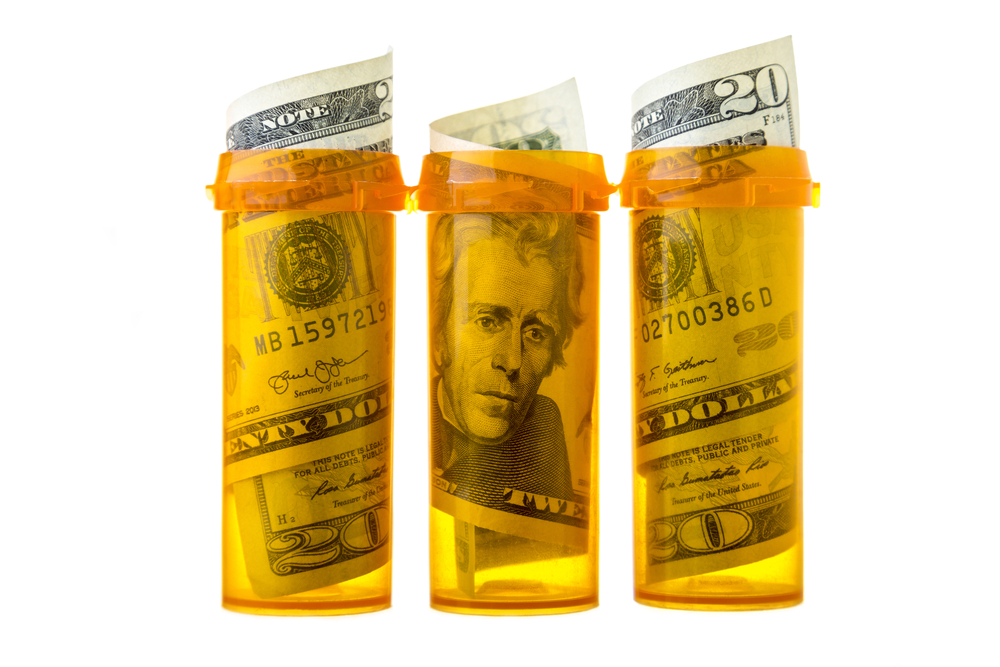Forcing drug companies to disclose wholesale prices would
likely put more pressure on consumers’ wallets, health economist
Devon Herrick said.
To get the best price on prescription drugs, consumers must
do their own due diligence, Herrick, a senior fellow at the National Center for
Policy Analysis, said.
“As a consumer, the one thing I’ve talked about over the
years and written about is that people often times forget or don’t know that
prices can vary from one pharmacy to another,” Herrick told American Pharmacy
News. “It never hurts to check on the price. My wife takes a couple of drugs,
and I always inquire. That is what puts competitive pressure on pharmacies to
keep their prices down.”
As a health economist, Herrick spends a lot of his time talking
about drug prices, and lately, he said he’s begun to hear arguments that if
health insurers were required to list the wholesale price they paid for a
drug, it would lower the cost. Herrick hopes to debunk that theory.
A colleague of Herrick's helped put the issue into
perspective when he told Herrick no company shares its wholesale price with
the public. Just take Home Depot, for example.
“If I’m Lowe's, Sam's or Costco, I’m not going
to pay wholesale price – I’m going to get a better deal because I’m a huge
purchaser. Now those types of purchases tend to be negotiated; they’re
proprietary,” Herrick said. “Lowes is not going to disclose what it paid
because it got a better deal.”
Getting the best price, therefore, falls on the consumer to pick
up the phone and make a few calls. Doing so, Herrick argues, is the best way
to make sure you’re paying the lowest price.
If drug companies and insurers were forced to disclose
wholesale prices, Herrick said the Federal Trade Commission worries it could
create higher costs for life-saving prescriptions.
“The result would be drug companies may not bargain as
aggressively; they could even begin to collude,” Herrick said. “If everyone
knows what everyone else pays, you’re going to have the smaller purchasers
bargain harder for the cheapest price. You’re going to have the other drug
companies that are competing say, ‘Well, we know what they’re charging so we
can charge the same.’ And pretty soon, all of the prices would converge to a
higher level."
The real issue affecting the cost of prescription drugs,
Herrick said, is who prices them.
Between 88 percent and 90 percent of prescription drugs are
generic, Herrick said. Generic drugs face tough competition that keeps
prices low, but that is not the case for the remaining 10 to 12 percent.
About 1 percent of prescription drugs are what the
industry refers to as “specialty” drugs. They require special handling and
administration, and are used to treat rare or complex conditions such as multiple
sclerosis and hemophilia. The unique nature of these medications keeps costs
relatively high.
The remaining 9 percent of prescription drugs, Herricks
said, are branded drugs. Branded drugs cannot be duplicated because of patent
protection, which means the company that holds the patent can put any price it wants on the medication.
“It’s not the distribution arrangements driving up the
price; it tends to be the people making the drugs setting the price,” Herrick said. “It’s almost like some of the blame was being
shifted for high drug prices to divert attention away from what’s really causing
high drug prices: lack of competition and patents, which are, by definition, a
protection from competition.”








 Alerts Sign-up
Alerts Sign-up